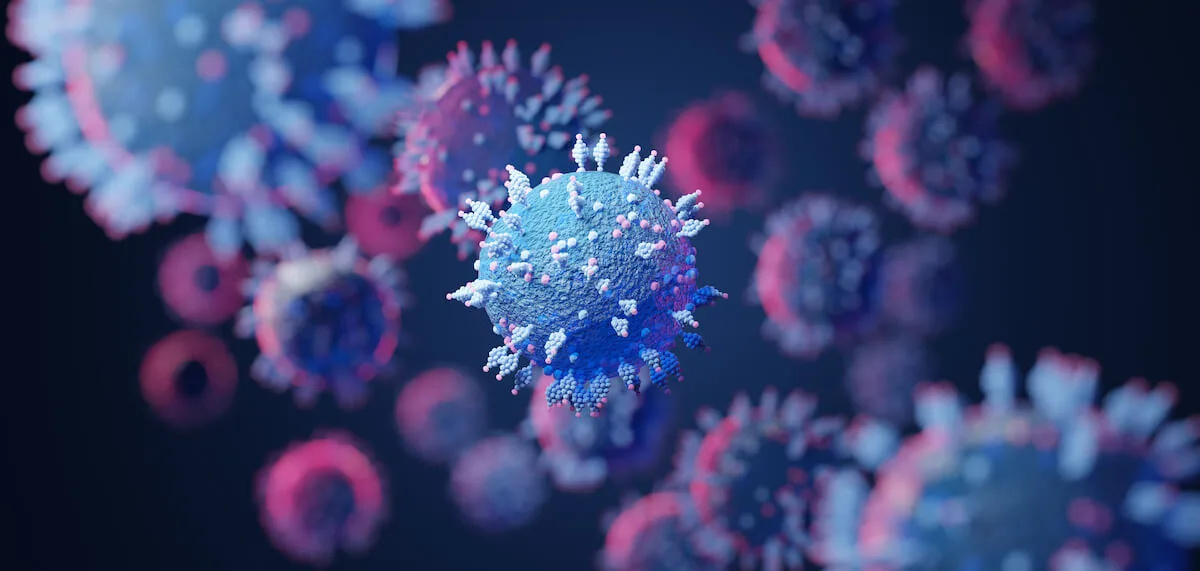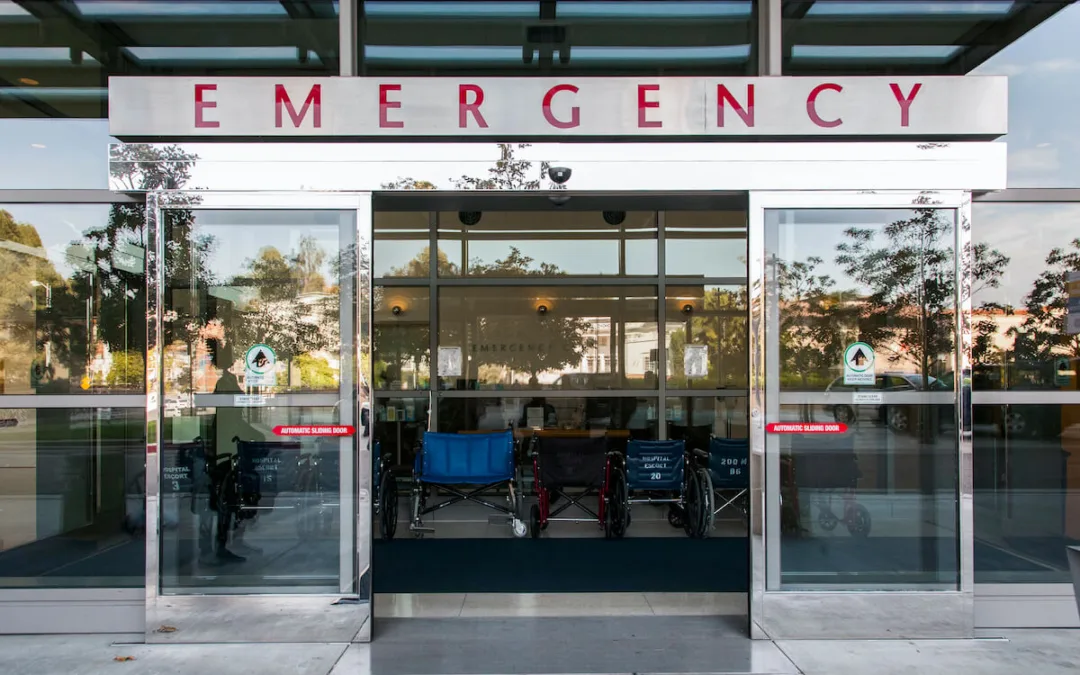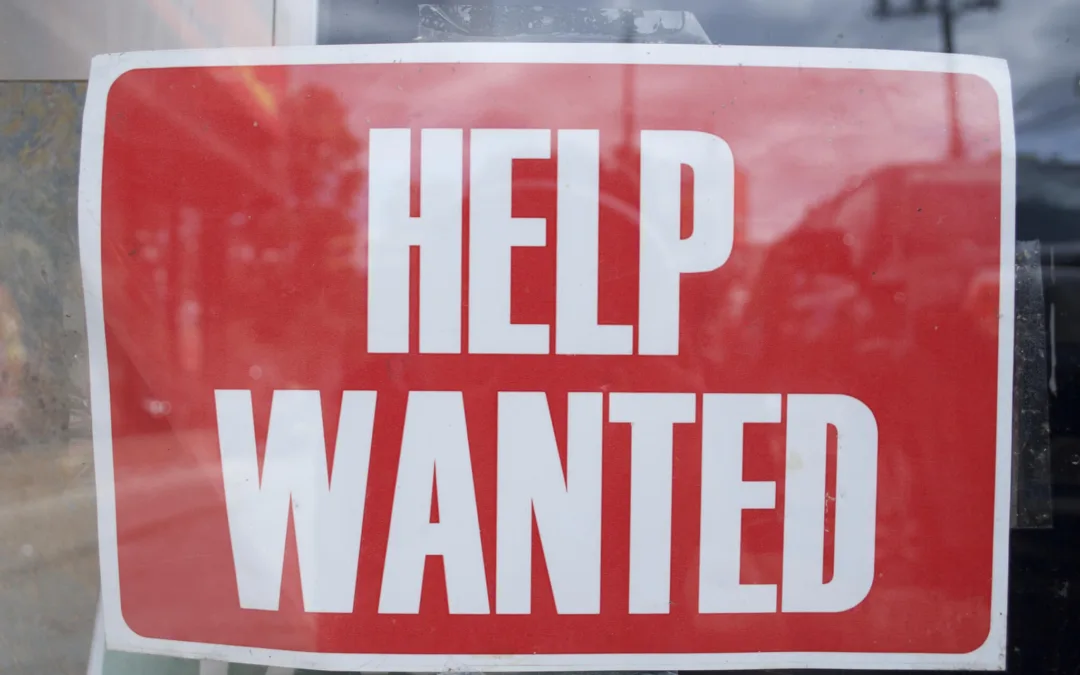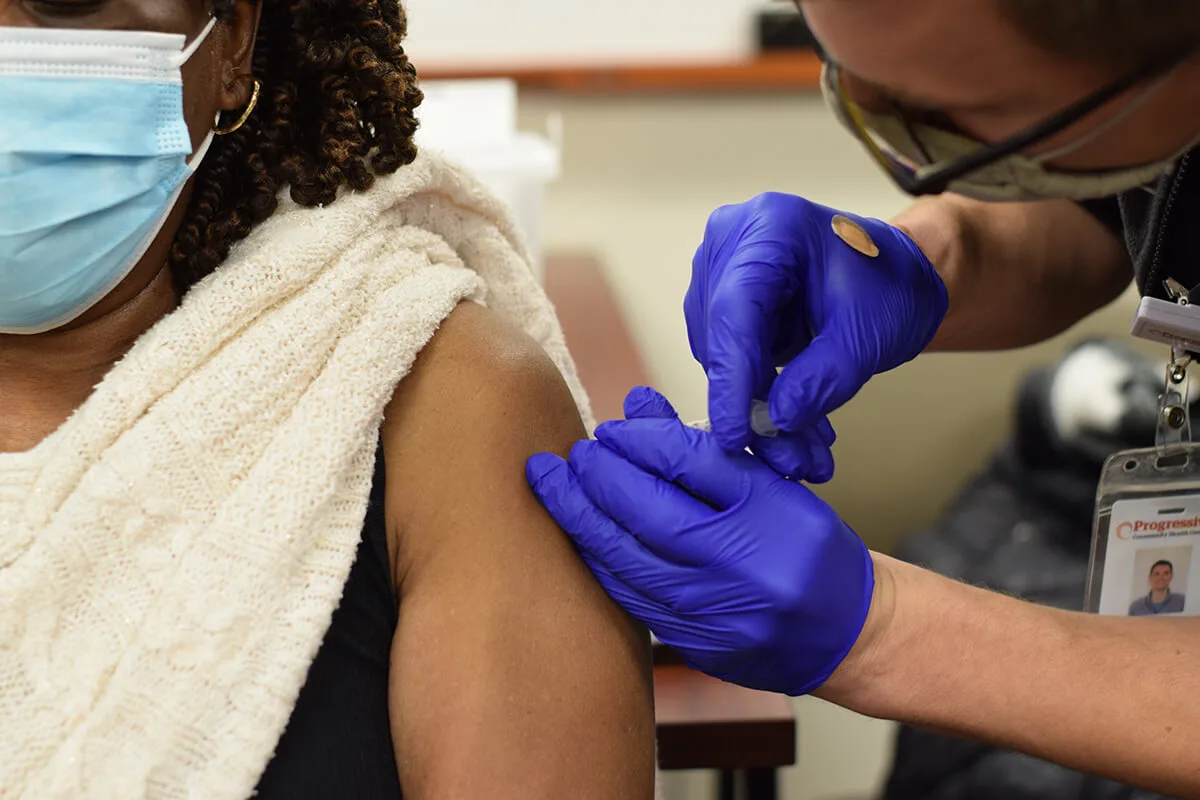
#image_title
#image_title
Doctor’s suggestion for the vexation of vaccine hesitation is to ask patients if they’re prepared to face long-haul COVID symptoms.
Wisconsin’s quest for herd immunity from COVID-19 will likely be hindered by increasing levels of vaccine hesitancy in both rural and urban areas, complacency with the pandemic, and persistent misinformation about both the virus and vaccine, health leaders from around the state said during a Tuesday webinar hosted by Wisconsin Health News.
Herd immunity refers to when roughly 75%-80% of people are immune to a virus either through vaccination or previous infection, resulting in a greatly diminished risk of future outbreaks. While the state may reach herd immunity it almost certainly will not come from vaccinations alone and will instead come through a combination of vaccines and infections, experts said.
“I think we’re doing ourselves a disservice by promoting this idea that we have to get to this arbitrary 80% threshold by vaccinations,” Dr. Tito Izard, CEO of Milwaukee Health Services, said during the webinar. “Because the reality is, we’re setting ourselves up for a huge failure.”
However, they said the ideal scenario is still to have as many people vaccinated as possible to minimize potential public health impacts.
RELATED: Haven’t Gotten A Vaccine Yet? Use VaccineFinder To Find One, WI Health Officials Say
On Tuesday, the state Department of Health Services (DHS) reported 42.3% of Wisconsinites have received a first dose of vaccine, while 31.9% have completed the series.
The state made rapid vaccination progress, ramping up from 75,000 shots per week in early January to nearly 420,000 the week of April 4; however, vaccination numbers have plummeted in the weeks since. Last week, the state administered just 292,000 doses, calling into question whether the state is still on track for achieving herd immunity by the end of June as DHS officials have consistently estimated.
Health officials from around the state have reported in recent weeks they have more vaccine supply than demand.
“We all anticipated this would happen,” Milwaukee Health Director Kirsten Johnson said during the webinar. “I think what surprised me is how quickly it happened. We thought it would phase more slowly into this phase, but really, it happened in a matter of four or five days.”
Tim Size, executive director of Rural Wisconsin Health Cooperative, said rural Wisconsinites are currently getting vaccinated at about 88% the rate of urban populations, a disparity that continues to grow. That is happening largely because of misinformation about the vaccine leading to many white Republicans refusing shots despite their high level of safety and effectiveness, Size said.
“It’s heartbreaking when I know what all of us—all of our colleagues—have gone through, to know that there’s still people saying it’s fake news,” Size said.
Experts said the most important thing healthcare providers can do to get people to take a vaccine is to provide them with factual information in a personalized way from trusted sources, like friends, family, and personal doctors.
Izard said he has had success with giving people who refuse vaccines a frank overview of the potential consequences of letting their immunity come through infection: “Are you prepared to be off work two or three weeks if you get ill? Are you prepared to live with the possible chronic COVID-19 condition, this long-hauler [syndrome] that may be developing? Are you prepared to have your breadwinner of your family die knowing that your family has no health insurance?”
Politics

Biden administration bans noncompete clauses for workers
The Federal Trade Commission (FTC) voted on Tuesday to ban noncompete agreements—those pesky clauses that employers often force their workers to...
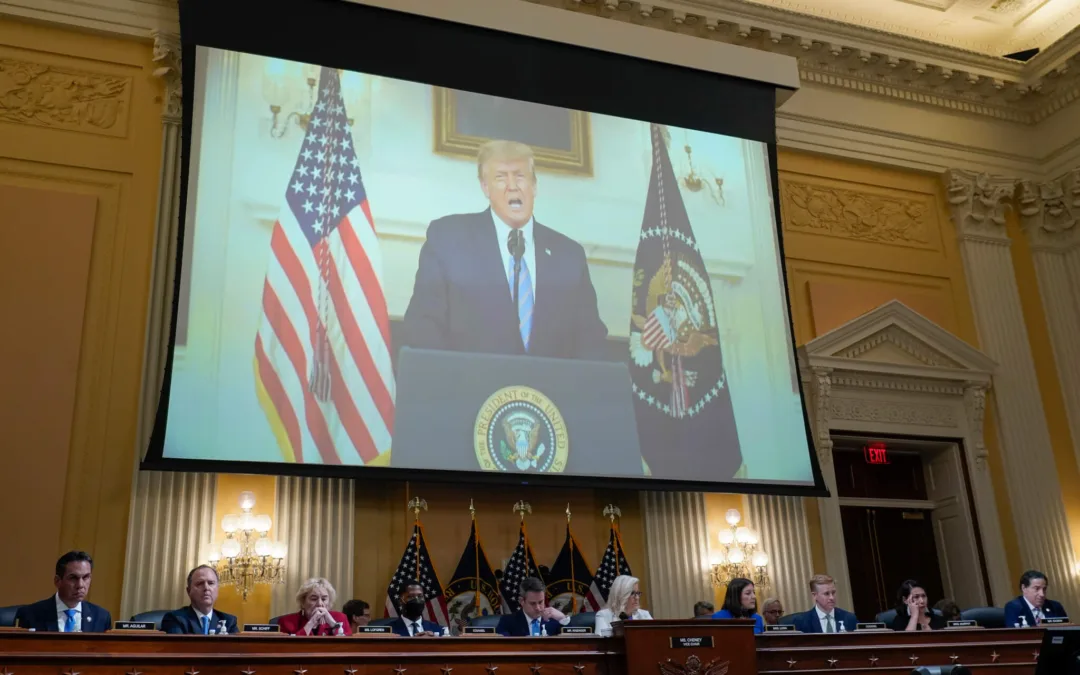
Opinion: Trump, GOP fail January 6 truth test
In this op-ed, Milwaukee resident Terry Hansen reflects on the events that took place on January 6, the response from Trump and other GOP members,...
Local News

Readers Poll: Top Bowling Alleys in Wisconsin
Looking for the best bowling in Wisconsin? Look no further! Our readers have spoken in our recent poll, and we have the inside scoop on the top...

8 Wisconsin restaurants Top Chef judges are raving about
Top Chef’s 21st season is all about Wisconsin, and on-screen, it’s already apparent that the judges feel right at home here. But, while filming in...


